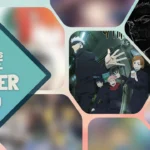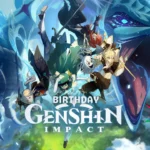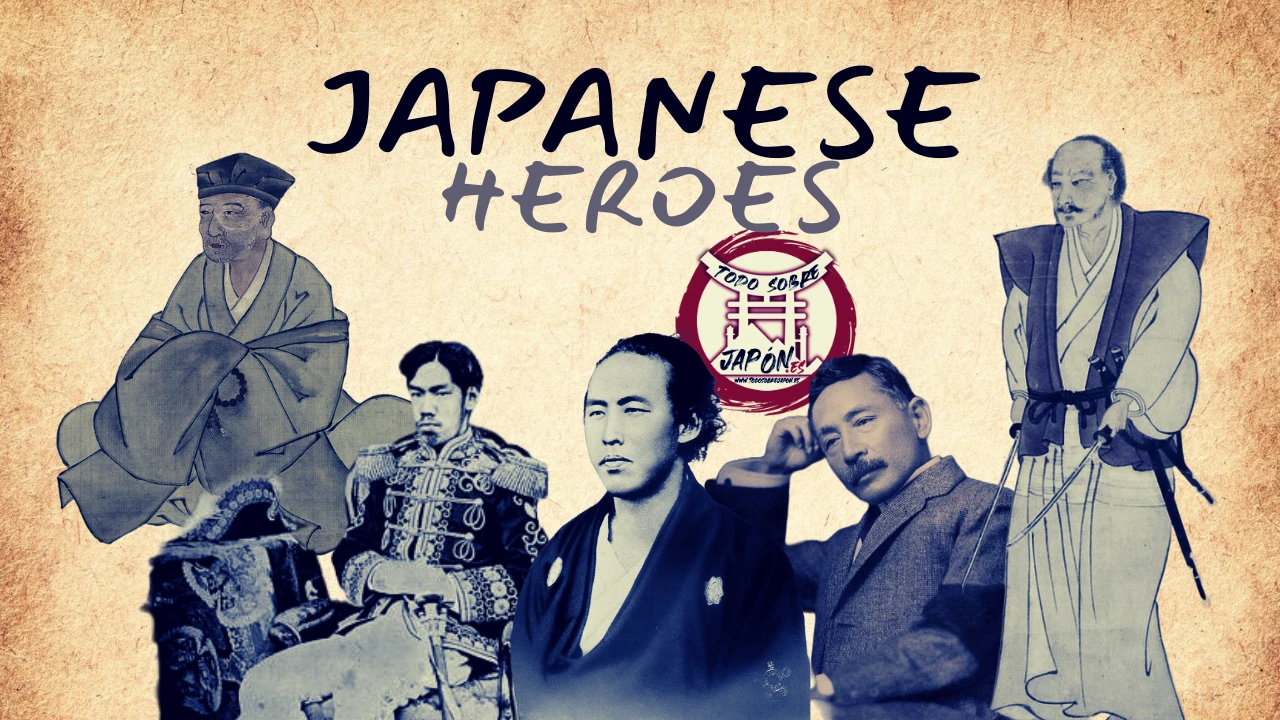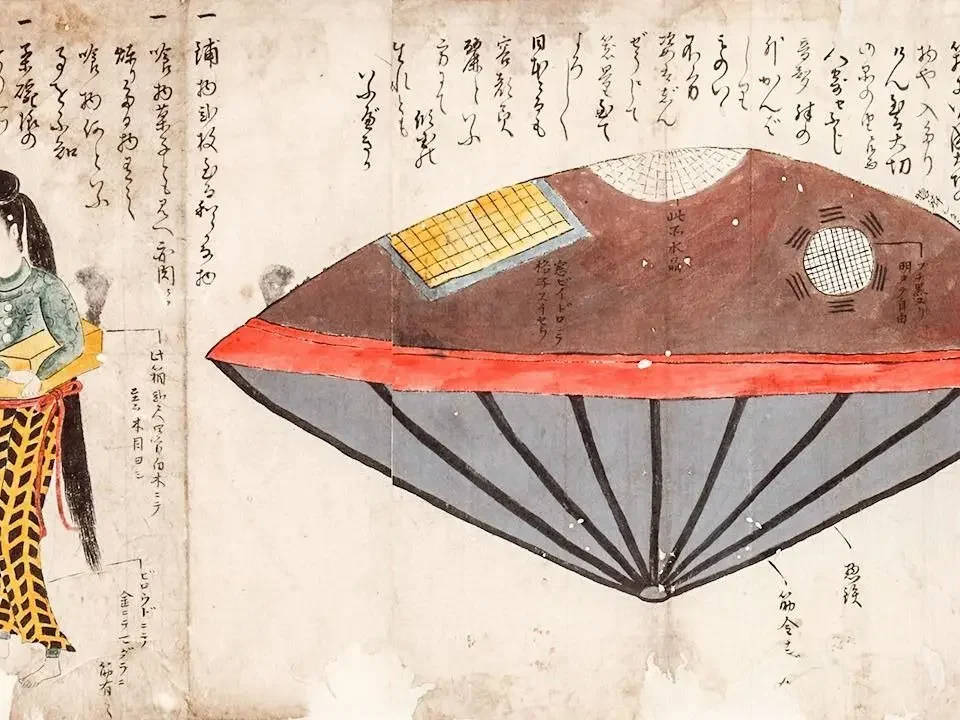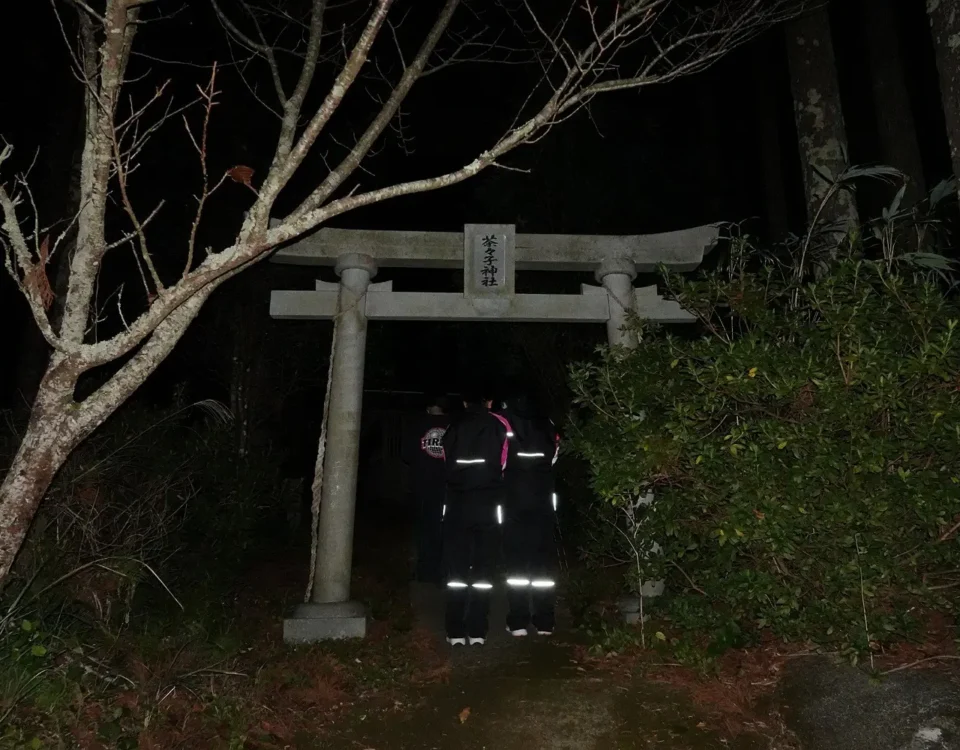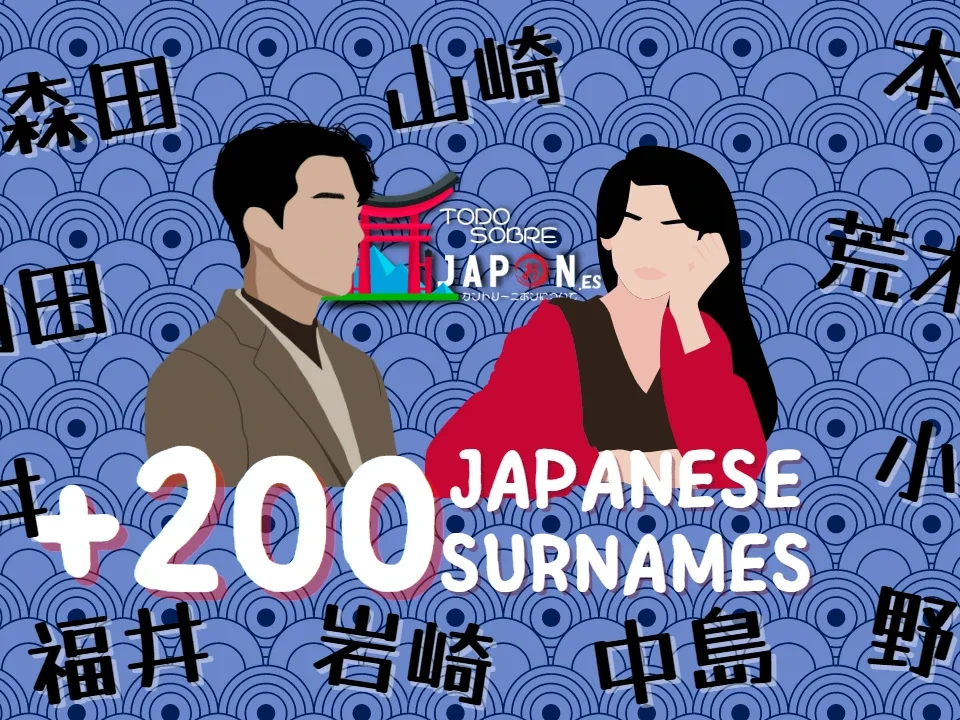Even if you are not interested in Japanese history, you will find plenty of references to these Japanese characters and japanese heroes during your vacation in Japan.
Here are 15 key Japanese heroes to know before going to Japan on vacation. Although they are all long dead, their legacies and the magnificent tourist attractions associated with these heroes of Japan remain important in Japan.
The most important Japanese characters and heroes you need to know about
Let’s get to know the most important Japanese characters and heroes in the country of the rising sun, the heroes of Japan:
- Prince Shōtoku (聖徳太子 AC 574– AC 622)
- Kūkai (空海 AC 774– AC 835)
- Minamoto no Yoshitsune (源義経 AC 1159– AC 1189)
- Oda Nobunaga (織田信長 AC 1534– AC1582)
- Toyotomi Hideyoshi (豊臣秀吉 AC 1537– AC 1598)
- Tokugawa Ieyasu (徳川家康 AC 1543– AC 1616)
- Date Masamune (伊達政宗 AC1567– AC 1636)
- Miyamoto Musashi (宮本武蔵 AC 1584– AC 1645)
- Matsuo Bashō (松尾芭蕉 AC 1644– AC 1694)
- Sakamoto Ryōma (竜馬坂本 AC 1836– AC 1867)
- Saigō Takamori (西郷隆盛 AC 1828 – AC 1877)
- Hijikata Toshizō (土方歳三 AC 1835– AC 1869)
- Emperador Meiji (明治天皇 AC 1867– AC 1912)
- Natsume Sōseki (夏目漱石 AC 1867– AC 1916)
- Kurosawa Akira (黒沢明 AC 1910– AC 1998)
Prince Shōtoku 聖徳太子 Japanese heroes or heroes of Japan.
Also known as Prince Umayado (厩戸皇子) or Prince Kamitsumiya (上宮皇子), Prince Shōtoku (聖徳太子 Shōtoku Taishi) was a semi-legendary regent during the Asuka Era of Japanese History and a name you will often encounter if you visit the Nara region.
This Japanese character, or hero, was a skilled politician as well as a devout Buddhist, the prince is credited with successfully establishing a centralized government as well as founding Japanese Buddhism. According to some historical records, Shōtoku was also the first to use the name Nihon, meaning the Land of the Rising Sun. This allegedly occurred during his correspondence with the Chinese emperor Sui Yang Di.
In addition, several Japanese Buddhist founders, such as Shinran, claimed to have experienced visions involving Shōtoku.
Today, the prince regent remains one of the most revered Japanese historical figures, with his name also being representative of enlightenment or education. In the Kansai region there are no less than 28 temples associated with him. Several educational institutions in the country also bear the name of this legendary ruler.
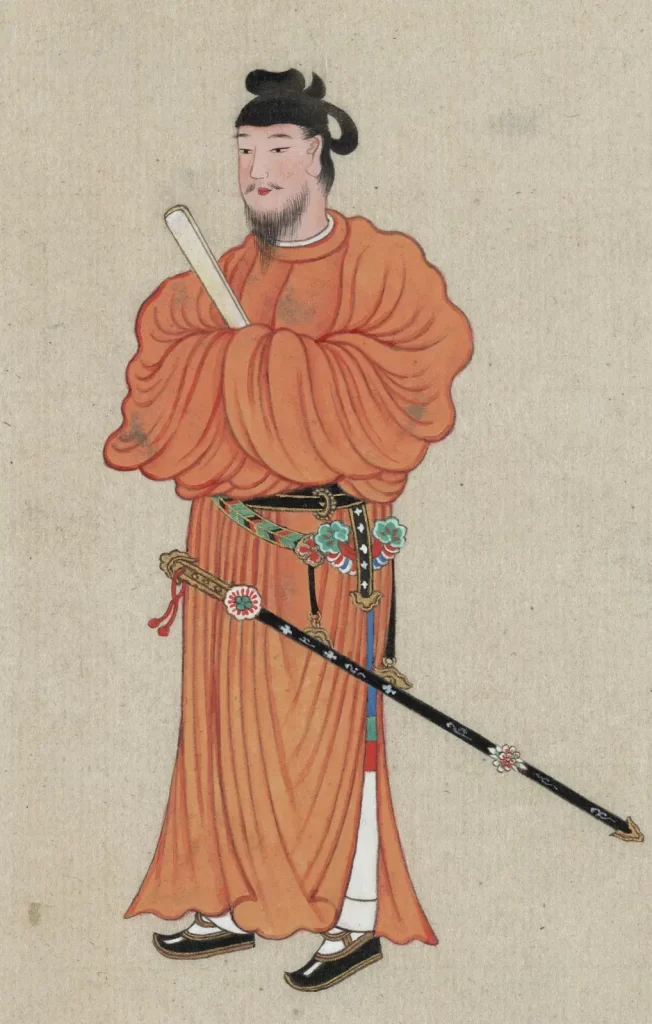
Main tourist attractions of Prince Shotoku
- Yumedono in Hōryū-Ji, Nara Prefecture. The “hall of dreams” was built to appease the spirit of Prince Shōtoku.
As mentioned above, many in the Kansai region also contain mention of the prince regent:
- For example, Shitennō-ji in Osaka, Seson-ji in Yoshino and Asuka-dera in Asuka.
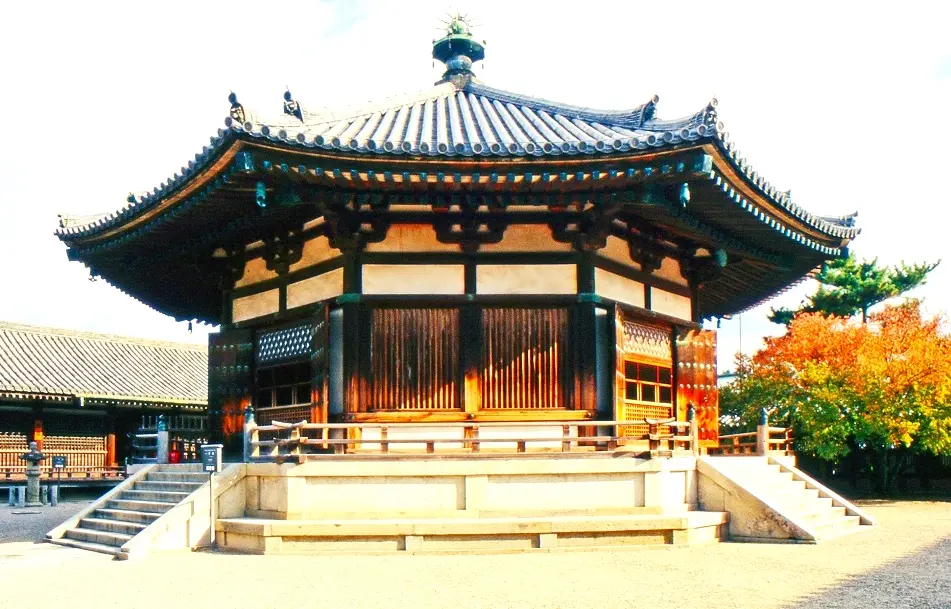
Kūkai (Kōbō-Daishi) 空海 – Japanese heroes or heroes of Japan.
Even if you avoid temples altogether during your vacation in Japan, it is impossible not to encounter the legacy of this mythical Japanese religious leader.
Better known as Kōbō-Daishi (弘法大師, Great Master propagator of Buddhist doctrine), Kūkai was the founder of the influential Shingon school of Japanese Buddhism.
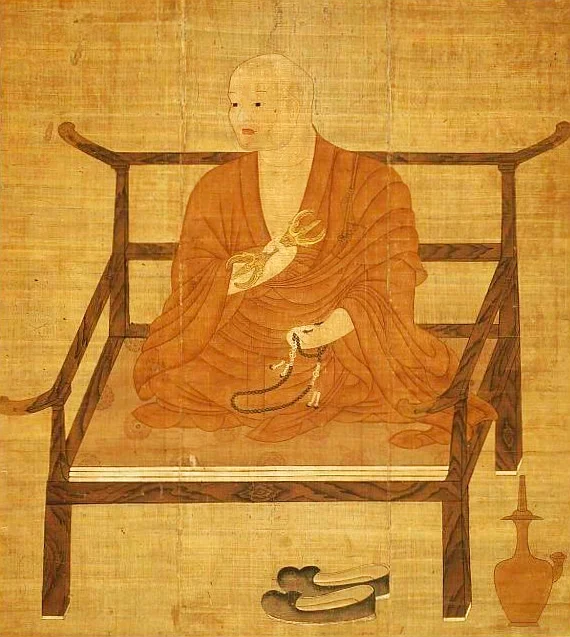
At the age of 30, the master studied Buddhism in Tang Dynasty China, during which time he received esoteric indoctrination from the Chinese Vajrayana Buddhist master Huiguo. After his return to Japan, Kūkai gradually gained recognition for his knowledge of Buddhism. In addition, he was recognized for his talents as a calligrapher, scholar, poet and public works administrator.
As for the master’s achievements, these include the establishment of Mount Kōya monastery, the completion of Kyoto’s Tō-ji, the invention of the Japanese kana writing system, and many more.
If one also accepts the master’s more mythical achievements as truth, one would surely agree that few other historical Japanese figures transformed the country’s religious and cultural landscape as much as the great Kōbō-Daishi did. His wisdom and legacy continue to resonate in Japan today.
Kūkai Tourist Attractions
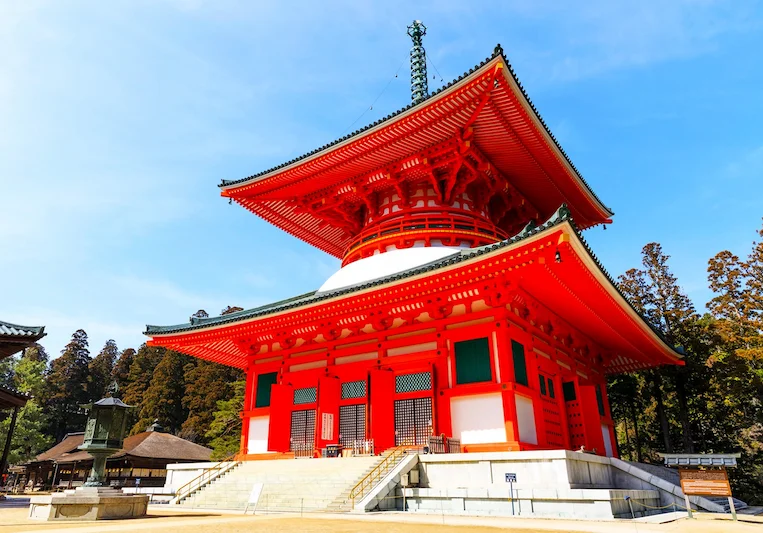
- Mount Kōya, a UNESCO World Heritage Site, center of Japanese Shingon Buddhism.
- Kyoto’s Tō-ji. The temple’s five-story pagoda, a Kyoto landmark, is a designated Japanese national treasure.
- The Shikoku pilgrimage visits 88 temples associated with Kōbō-Daishi.
Minamoto no Yoshitsune 源義経 – Japanese heroes or heroes of Japan.
Thanks to creative depictions in popular entertainment, the legendary general Minamoto no Yoshitsune is today a somewhat mythical heroic character, i.e. one of Japan’s heroes.
Some stories claim that he could soar effortlessly through the air and was a disciple of the mountain goblins (tengu). Others celebrate him as an impressive bishonen (beautiful young man) samurai with incredible sharpness on the battlefield.
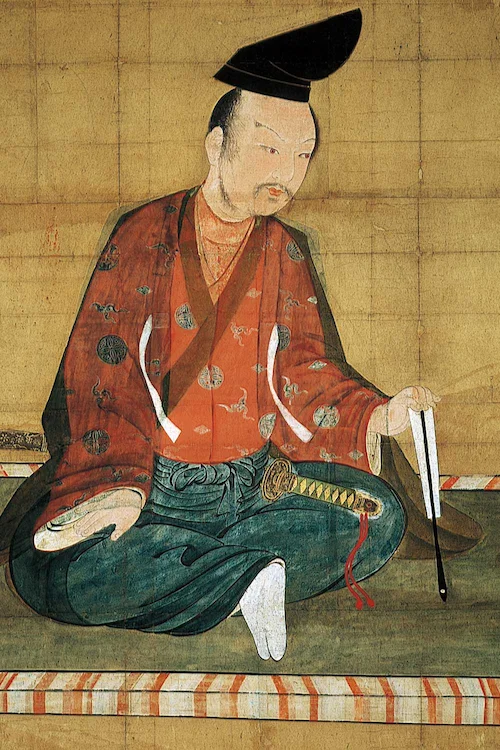
The real Yoshitsune, on the other hand, was the ninth son of the defeated nobleman Minamoto no Yoshitomo, born when the Minamoto Clan was nearly subjugated by their rivals, the Taira Clan. After spending his childhood and adolescence in Kurama and Hiraizumi, Yoshitsune was reunited with his older brother Yoritomo and together they led an uprising against the Taira forces.
In 1185, the Minamoto clan emerged victorious, thus initiating the Kamakura shogunate with Yoritomo as shōgun. As for Yoshitsune, he was sadly forced to flee to Hiraizumi after his older brother turned against him. Finally, the legendary Japanese hero, was betrayed and committed ritual suicide in Hiraizumi.
Minamoto no Yoshitsune Tourist Attractions
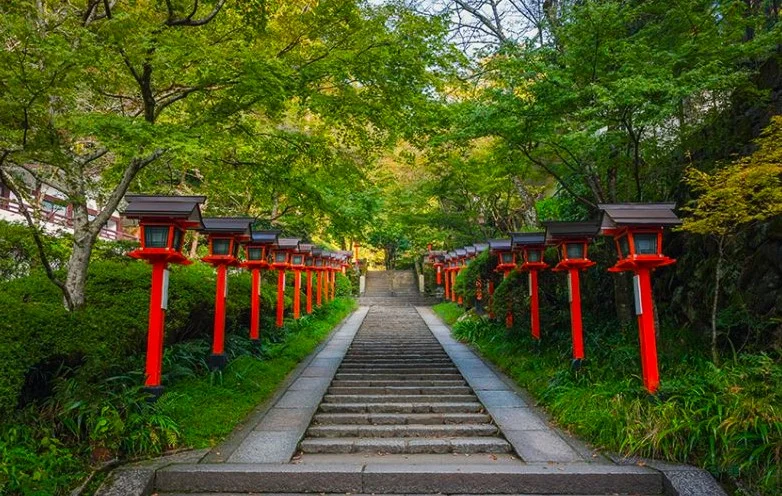
- Mount Kurama, on the outskirts of Kyoto. Yoshitsune spent his childhood here and supposedly benefited from the tutelage of the mountain elves.
- The Takadachi Gikeido monument in Hiraizumi is dedicated to Yoshitsune.
- Mount Yashima, outside Takamatsu, was the site of the final battle between the Minamoto and Taira clans.
- Gojo Bridge in Kyoto was supposedly the place where Yoshitsune met his famed retainer, the fearsome warrior monk Benkei. The scene is mentioned in many Japanese memorabilia and art products.
Oda Nobunaga 織田信長 – Japanese heroes or heroes of Japan.
While pop culture boosted the international popularity of Japanese historical figures like Yoshitsune, elevating them to the status of legendary Japanese heroes, it did quite the opposite with the Sengoku warlord (warring states) Oda Nobunaga.
Oda Nobunaga, the first of the “3 Unificationists” of feudal Japan, is often depicted in manga and video games as brutal, bloodthirsty and even demonic. The resulting notoriety is compounded by the historical fact that Nobunaga died by ritual suicide after his retainers revolted and surrounded him in a burning temple. Judging by this final act of his life, it appears that Oda Nobunaga was a monster. A bloodthirsty warlord who ended up suffering his comeuppance at the hands of his own soldiers.
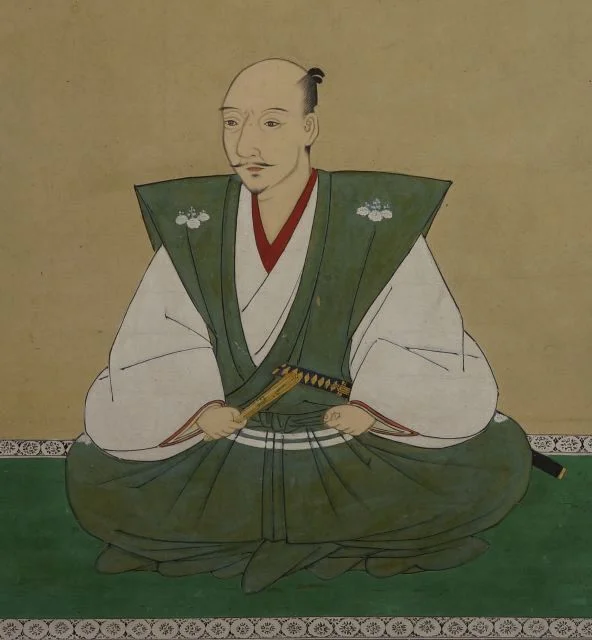
However, the historical truth about Nobunaga is subjective. While it is true that he was ruthless and responsible for the horrific siege of the Enryaku-Ji monastery in Kyoto, Nobunaga also promoted free trade and supported Jesuit missions in Japan.
More importantly, his military victories laid the groundwork for the permanent unification of a deeply fractured medieval Japan. Monster or not, assassin or champion, Oda Nobunaga’s ambitions permanently transformed the Land of the Rising Sun. His name is a must-see for any tourist interested in the country’s bloody medieval history.
Oda Nobunaga Tourist Attractions
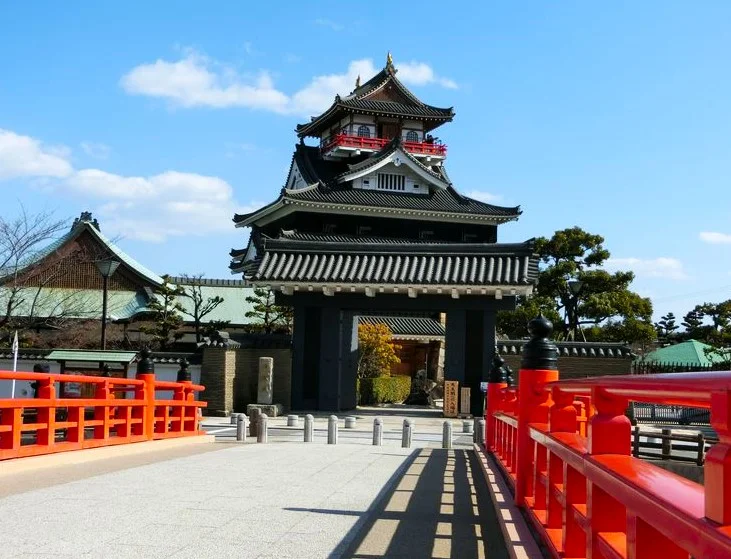
- Kiyosu Castle, in the city of Kiyosu, was Nobunaga’s seat of power.
- Nobunaga’s tomb on Mount Kōya.
- Enryaku-Ji, Mount Hiei. The mountain is northeast of Kyoto, easily accessible by public transportation.
- The Samurai Kingdom Ninja-Ise theme park in Ise has a striking reconstruction of Nobunaga’s Azuchi Castle. Azuchi Castle was built by the warlord as an expression of wealth and power.
- Gifu Castle in Gifu Prefecture was extensively renovated by Nobunaga after he conquered it.
Toyotomi Hideyoshi 豊臣秀吉 – Japanese heroes or heroes of Japan.
Toyotomi Hideyoshi, the second of the “3 unifiers” of the Sengoku period, initially fought under Oda Nobunaga. After the latter’s suicide, he successfully avenged his former lord and, in doing so, elevated his position within Nobunaga’s forces.
By 1583, Hideyoshi was the most powerful warlord in the country and controlled 30 provinces and had subjugated most of the surviving members of the Oda clan. By the late 1580s, he even became the de facto ruler of Japan.
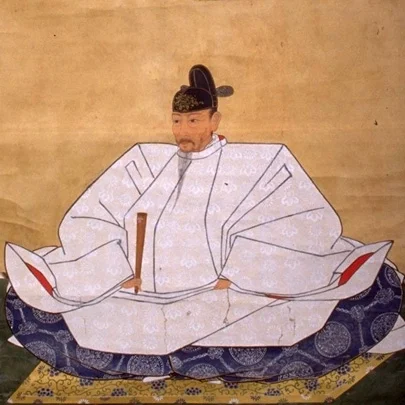
During these years, Hideyoshi also began the construction of his famous fortress, Osaka Castle. In addition, he implemented several harsh policies to consolidate power. For example, he was responsible for the total ban on weapons for commoners.
Given his achievements, the man could be considered a historical Japanese champion, except that his domestic military successes greatly fueled his bloodlust for greater victories. Between 1592 and 1598, Hideyoshi launched two invasions of the Korean peninsula, both of which were decimated but ultimately unsuccessful.
In turn, these unsuccessful expeditions severely affected Hideyoshi’s administration, with a series of repercussions that were compounded by the succession crisis after his death.
In short, Hideyoshi died while still in power, but his actions paved the way for a successful coup d’état by his subordinate Tokugawa Ieyasu. All of Hideyoshi’s gains would eventually be gobbled up by the patient and scheming Ieyasu.
Toyotomi Hideyoshi Tourist Attractions
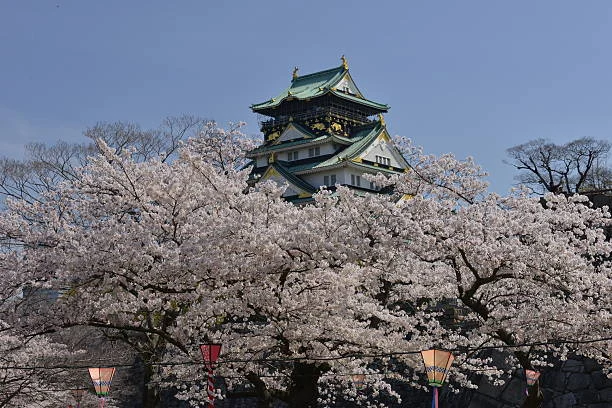
- Osaka Castle. One of the most famous castles in Japan (Note that the present keep was rebuilt in 1931).
- Kyoto’s Kodaiji Temple was built in memory of Hideyoshi.
- Nagoya Castle Museum near Karatsu (Kyushu) focuses on the history of Hideyoshi’s megalomaniac invasions.
- The Nagasaki 26 Martyrs Museum and Monument is dedicated to 26 Christians executed on Hideyoshi’s orders.
Tokugawa Ieyasu 徳川家康 – Japanese heroes or heroes of Japan
he 3rd and most successful of the “3 Unificationists” of the Sengoku period, Tokugawa Ieyasu, was another ally of Oda Nobunaga. He was also a compatriot of Toyotomi Hideyoshi, although he briefly fought against Hideyoshi when Hideyoshi supported a son of Nobunaga to be the heir to his combined forces.
Despite this awkward start, Ieyasu eventually became one of Hideyoshi’s most trusted allies. He was even one of the five elders to whom Hideyoshi entrusted his son on his deathbed. This foolish decision brought about the fall of the Toyotomi Empire.
In 1599, barely a year after Hideyoshi’s death, Ieyasu’s forces stormed Osaka Castle. By the end of 1600, Ieyasu had also defeated all remaining opponents in Japan. Thus, the way was cleared for him to become the new shogun, i.e., the new de facto ruler of the country.
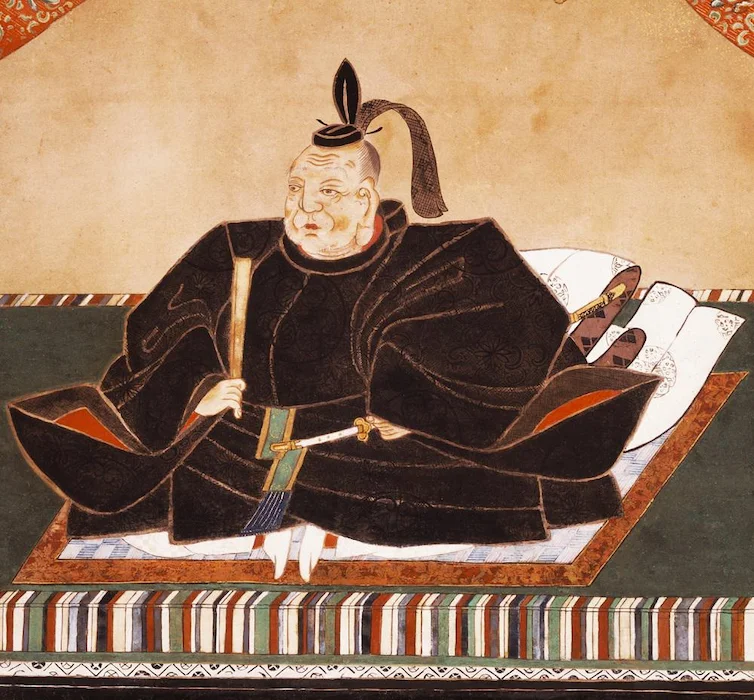
With power in his hands, Ieyasu set about strengthening his new empire. Among his many political maneuvers, the most notable was his choice of Edo (江戸) as his power base, Edo being the traditional name for Tokyo.
Years later, Ieyasu’s heirs would also implement national isolation, a policy that trapped Japan in feudal times but secured three centuries of peace. In short, the Japan we know today was largely shaped by Tokugawa Ieyasu’s vision and decisions. Art forms, such as kabuki, also enjoyed their golden ages during the Tokugawa shogunate.
Even the oldest Shinkansen, i.e., the bullet train route, is related to Ieyasu. The Tōkaidō Shinkansen is named after the most important coastal route during the Tokugawa shogunate. It was the route connecting the capital of Kyoto with Ieyasu’s chosen power base, Edo.
Tokugawa Ieyasu Tourist Attractions
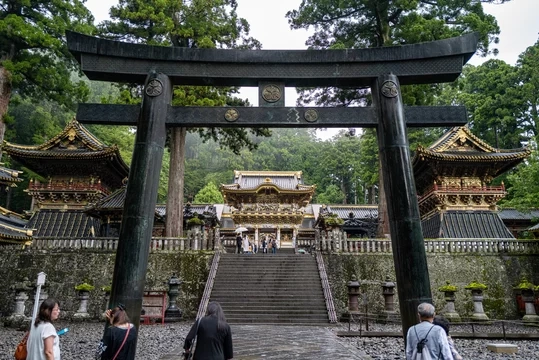
- The Tōshō-gū, a UNESCO World Heritage Site, is the spectacular mausoleum of Ieyasu in Nikko, Tochigi Prefecture.
- The Tokugawa Art Museum in Nagoya. The museum exhibits treasures belonging to the Owari branch of the Tokugawa family.
- The Imperial Palace in Tokyo was formerly Edo Castle. Although Ieyasu did not build Edo Castle, he made it his seat of power after receiving eight eastern provinces as spoils of war from Hideyoshi.
- Nijo Castle in Kyoto was Ieyasu’s residence in the former capital.
- Nagoya Castle was rebuilt by Ieyasu in 1609. Until the end of the Tokugawa shogunate, it was the home of the powerful Owari branch of the Tokugawa family.
Date Masamune 伊達政宗 – Japanese heroes or heroes of Japan.
Although less famous internationally compared to the 3 Unificationists, the one-eyed Date Masamune remained a major player in the final conflicts of the Sengoku Era. Founder of the city of Sendai in Tōhoku, Masamune was a superb strategist who loyally served both Toyotomi Hideyoshi and Tokugawa Ieyasu.
After the establishment of the Tokugawa shogunate, Masamune admirably ruled his prize domain, making it the strongest power faction in northern Japan.
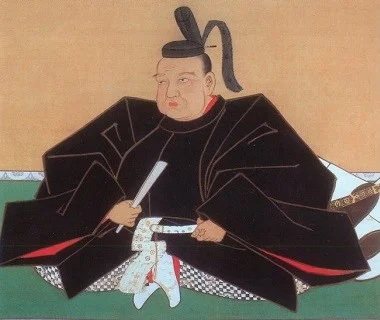
As a sign of his enlightened rule, Masamune encouraged trade, beautified his lands, promoted the arts, and even sympathized with Catholic missionaries. He also notably funded one of Japan’s few pre-modern diplomatic missions in Europe.
Today, several hundred descendants of this mission still live in Seville, Spain.
Date Masamune Tourist Attractions
- In Sendai there are many historical sites related to Date Masamune. The most famous of them is the Zuihoden Mausoleum.
Miyamoto Musashi 宮本武蔵 – Japanese heroes or heroes of Japan
Miyamoto Musashi is one of the most difficult Japanese historical figures to describe because he was so many things.
Primarily respected and feared as an exceptional swordsman, he was also an accomplished philosopher and writer. His opus magnum, The Book of Five Rings, is today one of the most widely translated and read East Asian classics.
Interestingly, businessmen have also discovered much business wisdom in Musashi’s discussions of the advantages of confrontation and tactics. This further enhances the swordsman’s brilliant reputation.
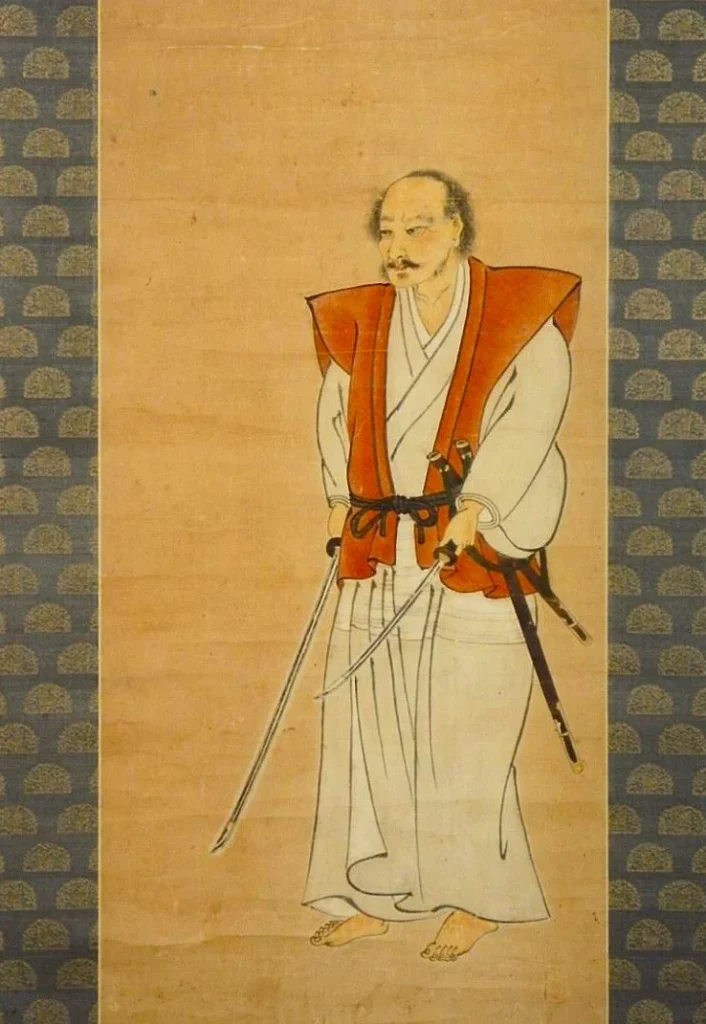
For tourists, the name “Musashi” is also found on numerous products throughout the country, often accompanied by an Ukiyo illustration of a classic Japanese samurai. In addition, the site of Musashi’s legendary duel with the contemporary swordsman Sasaki Kojirō is today a tourist attraction. Supposedly, Musashi showed up for this duel late, so that the sun would hit Kojirō in the face.
If true, the samurai is undoubtedly a true strategist. Ethically questionable perhaps, but definitely with an innate talent for the ruthless world of business.
Miyamoto Musashi Tourist Attractions
- Ganryūjima, in Shimonoseki, was the site of Musashi’s legendary duel with Sasaki Kojirō.
Matsuo Bashō 松尾芭蕉 – Japanese heroes or heroes of Japan.
Like the Kūkai, it is hard to avoid mention of Matsuo Bashō on any Japanese holiday.
The name of Bashō, the most celebrated poet of the country’s Edo period, is today synonymous with haiku, Japan’s most recognized poetic form. A devoted globetrotter, Bashō also composed numerous memorable works that succinctly described the rustic landscapes he experienced.
In fact, the poet could be considered one of Japan’s earliest travel writers. He was a phenomenal solo traveler with the unique ability to condense what he saw into very few words.
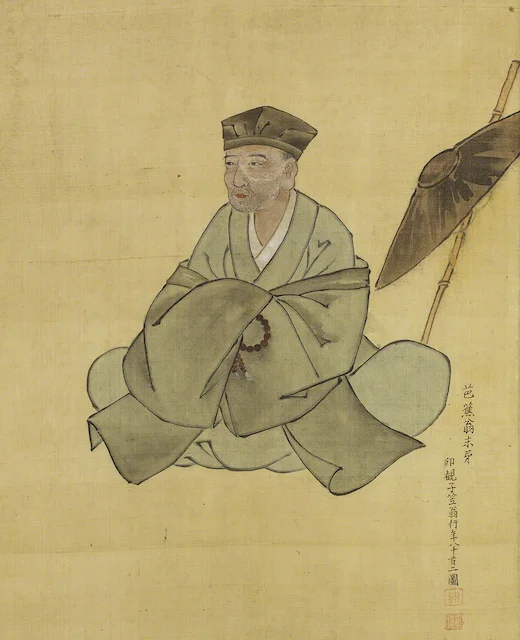
As for his background, Bashō was born in the province of Iga and, by the age of 30, had already achieved significant recognition for his talent. In the years that followed, he undertook numerous extensive solo journeys across the country, always using routes considered very dangerous because of banditry.
Bashō not only survived these journeys well, but was immensely inspired by what he saw, which in turn refined his art form.
Tourist attractions of Matsuo Bashō
- The Bashō Memorial Museum and the Bashō Birthplace in the town of Iga Ueno. There are many rustic places associated with Bashō. The best way to visit them is to join a themed guided tour.
Sakamoto Ryōma 竜馬坂本 – Japanese heroes or heroes of Japan.
Sakamoto Ryōma, a low-ranking samurai from Tosa Prefecture (土佐, modern-day Kōchi), was the Japanese game-breaker and hero in the events leading up to the Boshin War, i.e., the armed conflict that ended the Meiji Restoration.
Sakamoto, said to be an incredibly masterful swordsman, negotiated an alliance between the feuding provinces of Satsuma and Chōshū, thus creating a formidable army that could challenge the Tokugawa shogunate. In addition, he is also credited with creating Japan’s first modern navy in Satsuma, and his “Eight Propositions on Board” thesis is believed to be the basis for the country’s later parliamentary system.
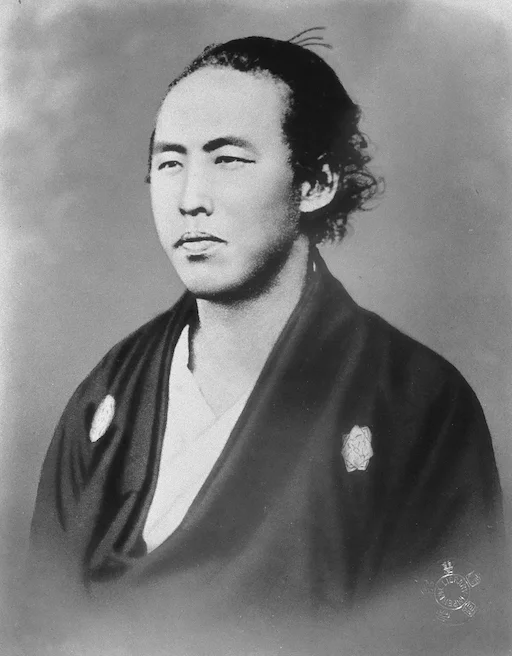
Sadly, this beloved Japanese revolutionary, samurai and hero was assassinated before any of his efforts bore fruit; he was ambushed at the Ōmiya Inn in Kyoto. Today, Sakamoto Ryōma remains one of the most prominent historical heroes in Japanese media and entertainment. There is a museum dedicated to him in Kōchi. There are even two asteroids named after him and his wife.
Sakamoto Ryōma Tourist Attractions
- The Sakamoto Ryōma Memorial Museum in Kochi, Shikoku, is a major tourist attraction.
- The Teradaya Inn in Kyoto’s Fushimi district is famous as the site of a failed assassination attempt on Sakamoto.
Saigō Takamori 西郷隆盛 – Japanese heroes or heroes of Japan.
Considered by many Japanese to be the country’s most famous samurai, Saigō Takamori was instrumental in the overthrow of the Tokugawa shogunate. Quite simply, had Takamori’s province of Satsuma (present-day Kagoshima) not allied with Chōshū, pro-emperor forces would never have restored power to the throne. The country would have remained stuck in medieval times.
That said, Takamori’s subsequent refusal to let the Shōgun and his supporters go unpunished resulted in the Boshin War. After the defeat of the Tokugawa forces, Takamori also insisted on war with Korea.
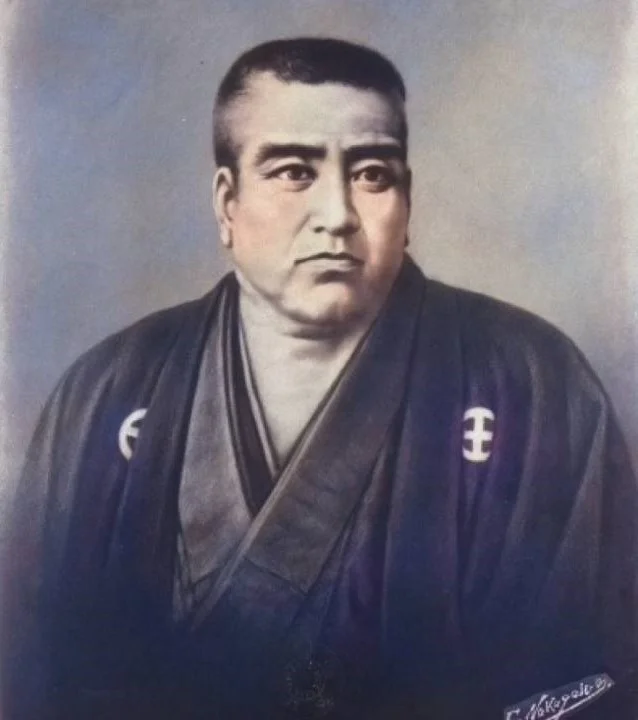
Faced with the refusal, he resigned from all his posts, returned to his home province and led the Satsuma Rebellion of 1877. This uprising was short-lived and unsuccessful, despite the support of samurai dissatisfied with the Meiji Restoration. Takamori himself was also killed in battle, although the actual circumstances of his demise remain a matter of debate.
If this story sounds familiar, know that it is because Takamori’s life was the main inspiration for the movie The Last Samurai. The film’s main character, Katsumoto, was based almost entirely on the more romantic portrayal of Takamori, namely that of a righteous war hero horrified by the rapid modernization of his country and the corruption of his peers.
In reality, however, Takamori’s actions are controversial, as some historians believe that the man was motivated by a firm conviction that power should remain in the hands of social elites such as the samurai caste. Whatever the truth, Saigō Takamori continues to represent the last days of feudal Japan. For better or worse, he also personifies the old samurai ways for most Japanese.
Saigō Takamori Tourist Attractions
- Tokyo’s sprawling Ueno Park has a famous statue of the “last samurai”.
Hijikata Toshizō 土方歳三 – Japanese heroes or heroes of Japan.
Hijikata Toshizō was the vice-commander of the Shinsengumi, a pro-sogunate military group during the last days of the Tokugawa shogunate. Thanks to numerous depictions in manga, anime and video games, today he is also one of the most famous Japanese historical figures in pop culture, often depicted as a suave and talented swordsman who is fiercely loyal to his masters.
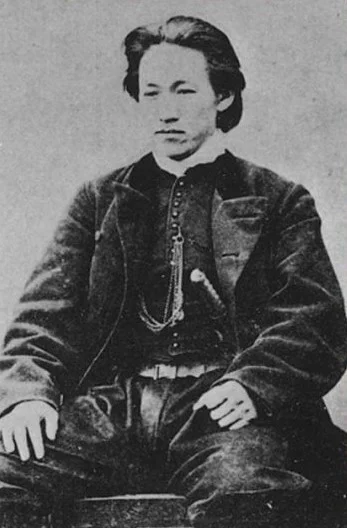
However, Hijikata’s true place in Japanese history is neither his appearance nor his abilities, but what he did in the face of military defeat and the demise of the Shinsengumi.
In October 1868, Hijikata and his surviving allies established the Ezo Republic in Hokkaido after occupying the Hakodate fortress of Goryōkaku. Although short-lived, the Ezo Republic was, ironically, Japan’s first democratic institution. Hijikata’s final defeat there also marked the final victory of the pro-emperor forces, as well as the formal beginning of the Meiji Restoration.
Tourist attractions of Hijikata Toshizō
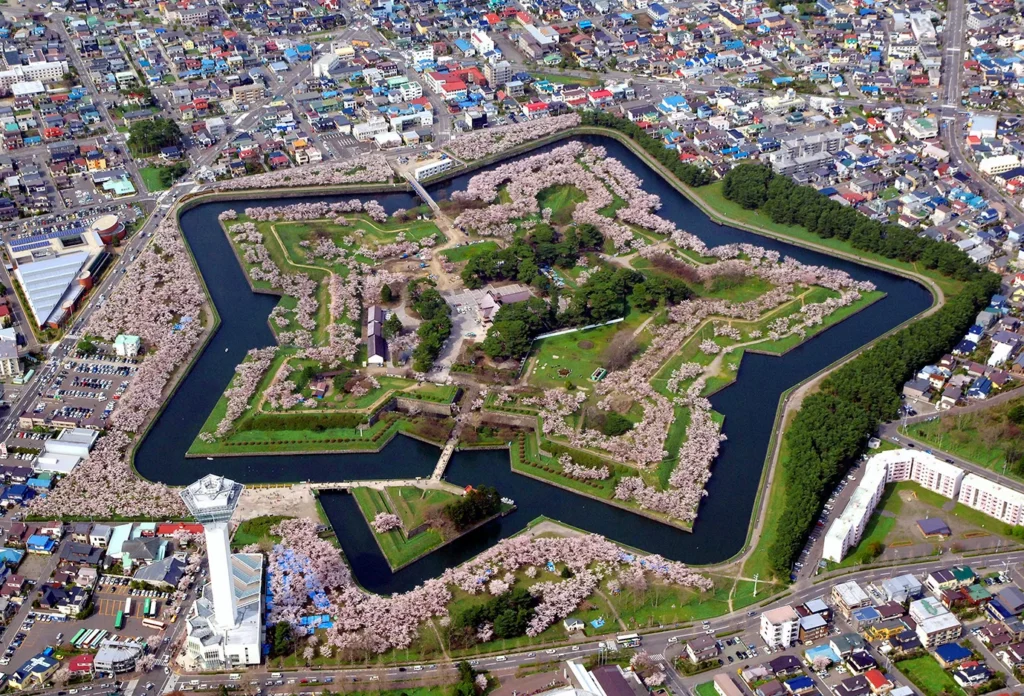
- Goryōkaku in Hakodate, Hokkaido. Be sure to climb the nearby observation tower for the best view.
- The Hijikata Toshizō Museum in Tokyo is dedicated to this famous samurai. It is managed by the descendants of the vice commander.
- The exact burial place of Hijikata is unknown. However, there is a tomb named after him at Senkidenji Temple in Tokyo.
- Mibudera Temple and Yagitei Mansion in the heart of Kyoto are famous for their connection with the Shinsengumi.
- Tokyo’s Takahata Fudo temple has a life-size statue of Hijikata.
Emperor Meiji 明治天皇 – Japanese heroes or heroes of Japan.
Unlike its huge Chinese neighbor, very few Japanese emperors enjoy historical fame, since real power is usually in the hands of shoguns and warlords.
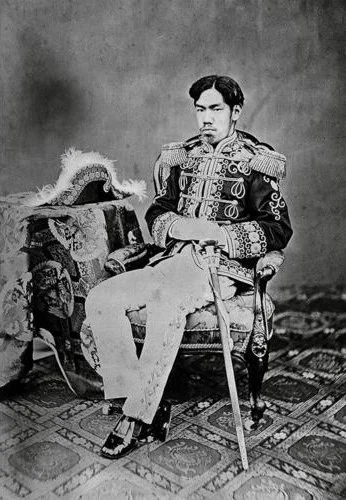
This peculiar situation changed with the Meiji Restoration. In 1867, Crown Prince Mutsuhito ascended the Chrysanthemum Throne to become the Meiji emperor, and formal ruling power returned to his throne two years later after the defeat of the last pro-shogunate forces. Together with other royalists, the new emperor tirelessly modernized his kingdom, to the point that when the emperor died half a century later, Japan was no longer a backward and isolated nation, but one of the world’s great powers.
Today, the most prominent reminder of the emperor’s reign is Tokyo’s sprawling Meiji Shrine, a leafy oasis next to modern Harajuku. Dedicated to the spirits of Emperor Meiji and his empress, the huge park is a constant reminder of the emperor’s important role in the modernization of Japan.
Tourist attractions of the Meiji Emperor
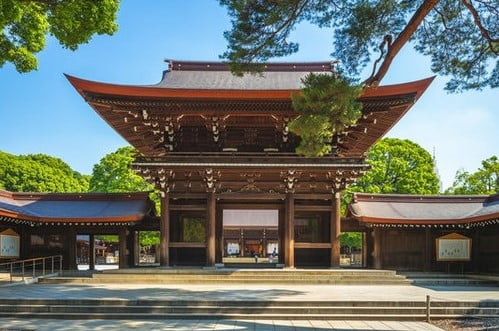
- Meiji Shrine is the most popular and recognized tourist attraction associated with the emperor. It is right next to Harajuku train station.
- Several Japanese cities have a main road called Meiji-Dori.
- The Meiji Mura architectural theme park in Inuyama shows the unique architectural fusion of East and West during the reign of Emperor Meiji.
Natsume Sōseki 夏目漱石 – Japanese heroes or heroes of Japan.
Despite its small size, Japan boasts an impressive number of world-famous writers. Prominent among them is the novelist Natsume Sōseki, recognized throughout the country and the world as the greatest Japanese writer of the modern era.
A student of British literature and a poet, Natsume’s most famous works are Kokoro, I Am a Cat and Botchan, the last of which is still widely read by Japanese schoolchildren today. For tourists, it is not possible to visit the town of Matsuyama in Shikoku without numerous mentions of Natsume, as it is the town in which Botchan is set.
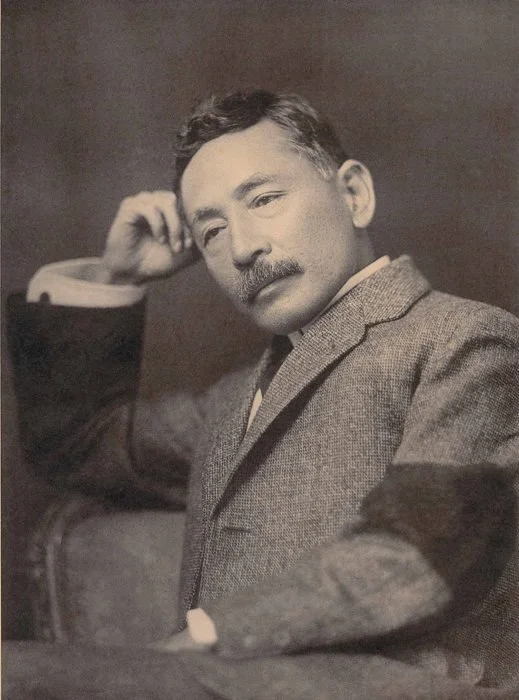
So beloved is the writer that his portrait even appeared on the 1,000-yen banknote from 1984 to 2004. If you carry one of them in your pocket during your vacation in Japan, you literally carry the country’s most respected writer with you, wherever you go.
Natsume Sōseki Tourist Attractions
- Matsuyama is famous for being the setting of Botchan. In particular, the century-old Dogo Onsen, which is repeatedly mentioned in the novel.
- One of the writer’s houses is preserved in the Meiji Mura theme park in Inuyama.
- The Natsume Soseki Memorial Museum in Shinkuju (Tokyo) is a new facility dedicated to the life and work of this giant of Japanese literature.
Kurosawa Akira 黒沢明 – Japanese heroes or heroes of Japan.
Kurosawa Akira is no stranger to the modern world, especially to film buffs. However, it may seem odd to include him in this list of important Japanese historical figures, given that the rest of the entries earned their place in history through military success or revolution.
However, Kurosawa’s contribution to Japan’s rebirth as a respectable culture after World War II, and the country’s current status as an Asian cultural powerhouse, must be taken into account. Beyond the artistic merits of his films, Kurosawa familiarized modern generations with traditional Japanese concepts of warrior honor, loyalty and karmic violence. In many ways, Kurosawa’s celebrated career also reflected the return of a World War II-ravaged Japan to the international stage.
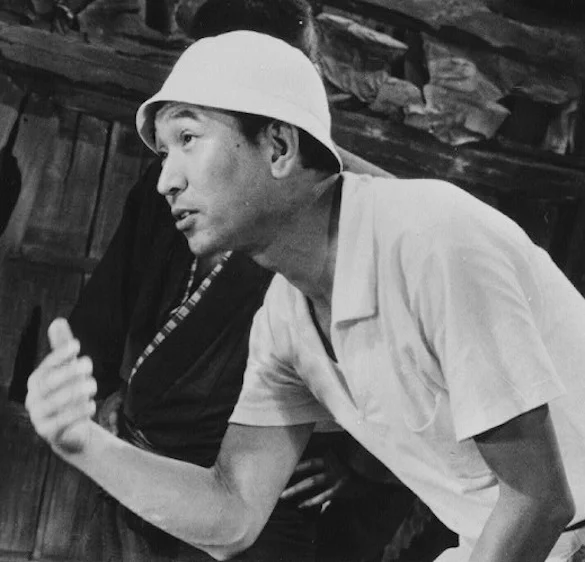
In addition, in 1999 he was named “Asian of the Century” by the U.S. magazine AsianWeek and CNN for his contribution to the betterment of Asia in the fields of art, literature and culture. When it comes to being an international representative of modern post-war Japan, there are perhaps few more fitting historical Japanese figures than this visionary director. Needless to say, his artistic style also greatly influenced the world’s current interpretation of classical Japanese culture.
Main tourist attractions of Kurosawa Akira
There are no tourist attractions specifically dedicated to Kurosawa Akira. However, it is very likely that during your vacation in Japan you will see posters of his films in pubs, cafes, collector’s stores, etc. Sometimes these posters are also sold as travel souvenirs.
– When you go on a trip what we like most as travelers is to have the best possible experiences, so these activities that I show you below, can be the best experiences you will have on your trip to JAPAN.

